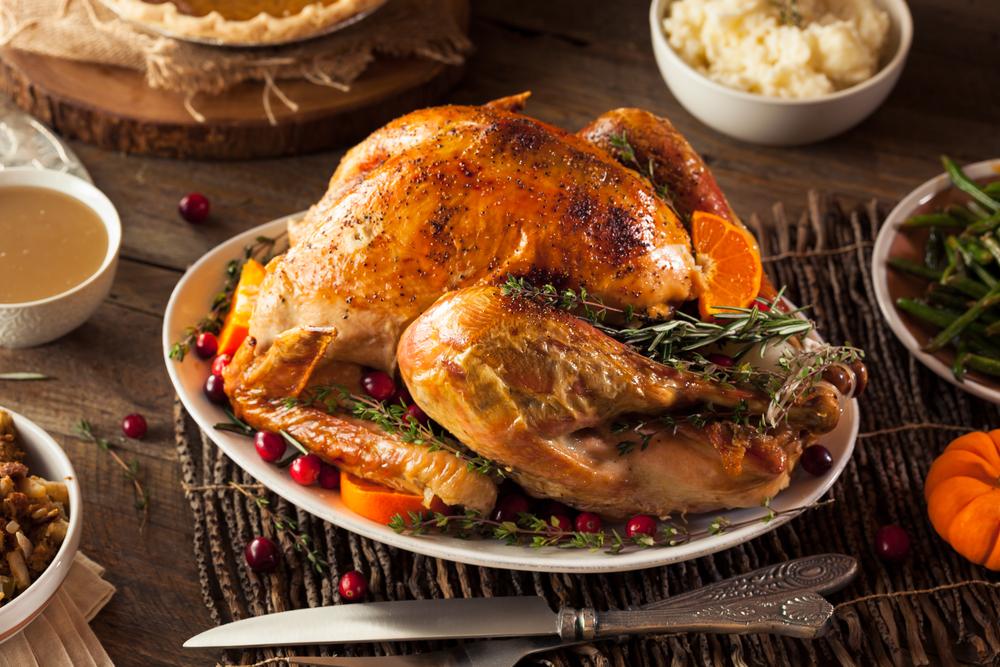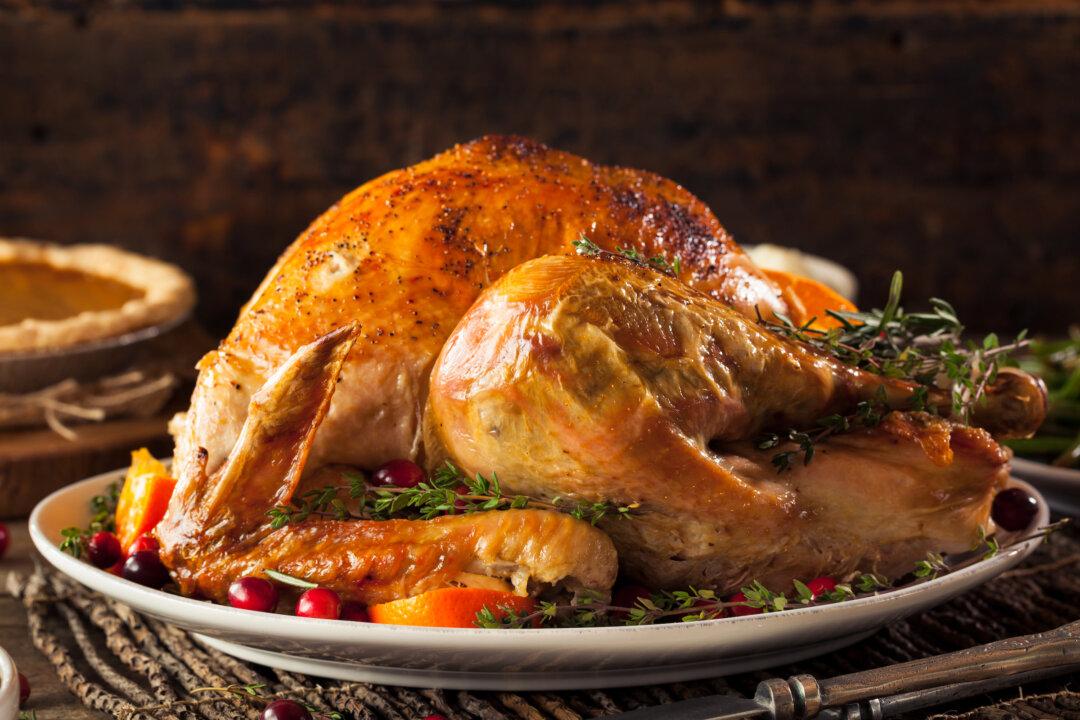In a year of uncertainty and change, there’s one thing we can count on as the holidays draw near: Thanksgiving turkey. There’s comfort in tradition—especially if it’s in the form of a beautifully bronzed bird at the center of the table, gleaming with crisp, crackling skin and tender, juicy meat.
But in reality, the road to roast turkey is fraught with potential mishaps and missteps, ending in dreaded dry, stringy meat. To guide you to guaranteed turkey success this year, we asked professional chefs around the country for their best turkey-cooking tips and advice. Here’s what they said.






